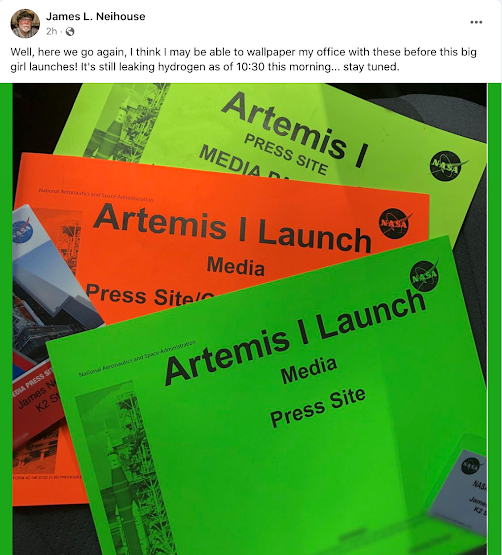*Be professional, no angry tones or bad language.
*Push the talk button and pause a moment before speaking. This makes sure that all of what you said is heard and does not cut out your first few words.
*Speak clearly.
*Keep the conversation short.
*If you need to have an extended conversation (or private) take it to another channel. Do this by telling the other person "Go to Channel___". For really private talks its best to ask them to meet you in person. Know that anyone could be hearing your conversation.
*Always use your name when identifying yourself. Common practice is to say "Go for ____(your name)" when someone calls for you. If you are calling someone, identify yourself and call for them.
* Always say "copy" meaning that you heard and understand. Without a response, people wonder if you heard them or not.
*If you didn't hear or misunderstood what someone says you reply "go again?". They will repeat and once you understand you can then say "copy".
* Keep your voice low when taking on the radio. Most crew will have ear pieces but keep your voice down. Especially when around actors. Just because they are not in front of camera does not mean they are not working.
*Ear pieces are also referred to as Clear-Coms, Shorty, Tubeez or surveillance kit.
*Production Assistants (P.A.s): If someone higher up than you has their radio battery go dead, give them yours and get yourself a new one. Be prepared by carrying a couple of extra radio batteries with you. You are being Johnny On the Spot by being so prepared!
Common Radio Codes & Lingo
10-1: Going to the bathroom for #1. Sometimes people say 10-2, meaning it will take a little longer...
10-4: I have heard and understand. Same as "Copy".
10-20 or 20: Location of someone or something as in "What's your 20?"
"Copy": I Have heard and understand
"Do You Copy?": Did you hear me? Do you understand?
"Eyes on":When someone or something is spotted. "I have eyes on Mr. Cruise."
"First Team": The principal actors in a scene. "I'm walking first team to the set"
"Second Team": Stand-ins and extras.
"Flying In": Always respond when asked to bring something to the set. It lets them know that you are on it. Also lets us know that multiple people are not attempting to do the same task and wasting precious manpower and time. This can be combined with 10-4 or Copy..." Copy, fog machine flying in!
"Keying": When someone accidentally pushes the radio talk button. This can be embarrassing in many ways. It also interrupts others trying to communicate.
"Kill": When something needs to be turned off. "Kill the fog machines."
"Lock it Up": Don't let anyone through, quiet.
"Radio Check": Say this if you are not sure that your radio is transmitting or working. The proper response is "Good Check". If you hear someone ask for a radio check....respond!
"Stand by": Means that I am busy at the moment and will respond ASAP.
"Strike" or "86": When something needs to be removed from set. "Strike that prop".
There is much more radio lingo to learn. Try to learn a lot before your first time on set. The internet is an amazing place for info.
Depending on where you are and who you are working with the codes/tips may change. Be flexible to learn, not a stubborn know it all!



















